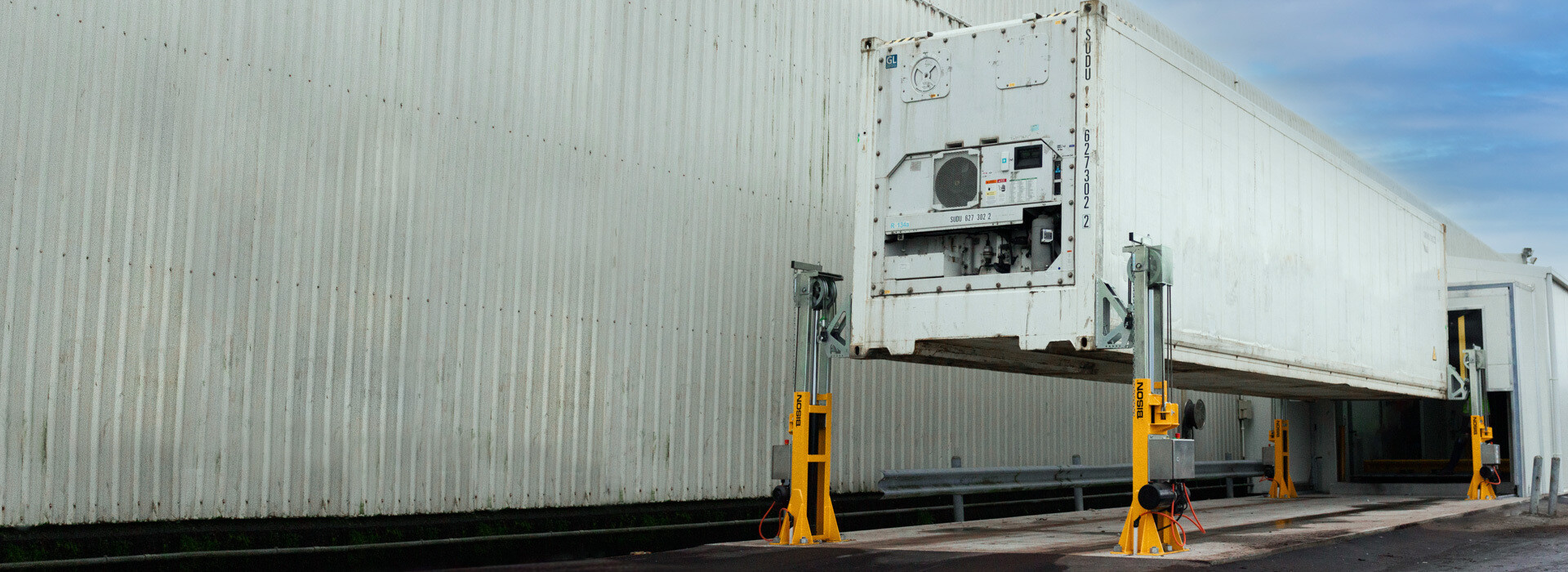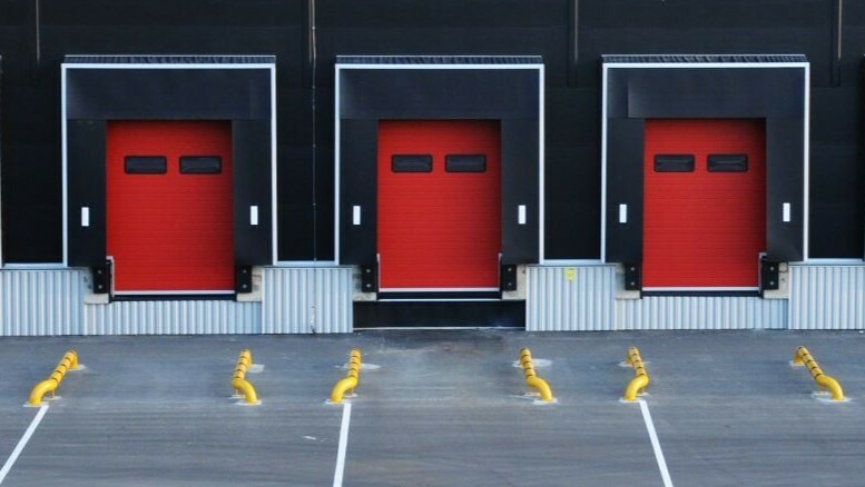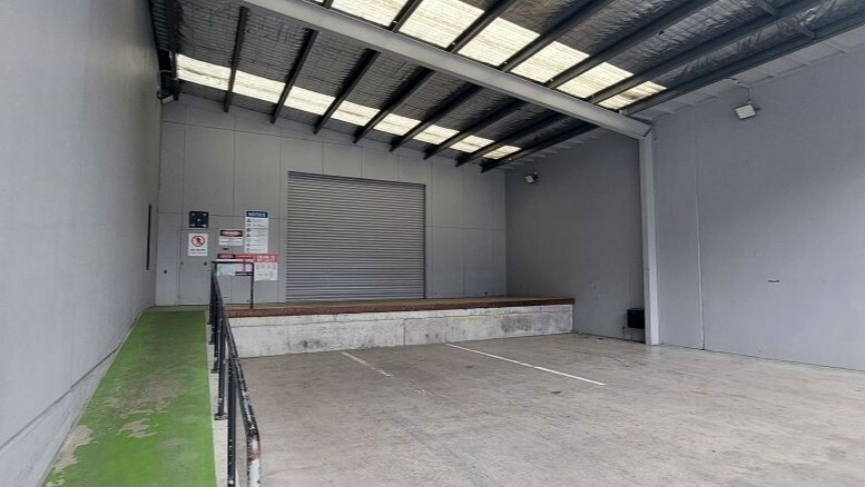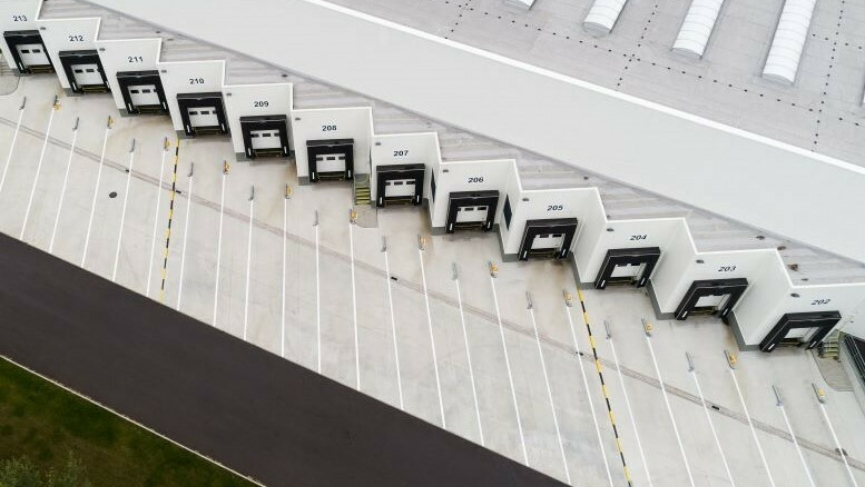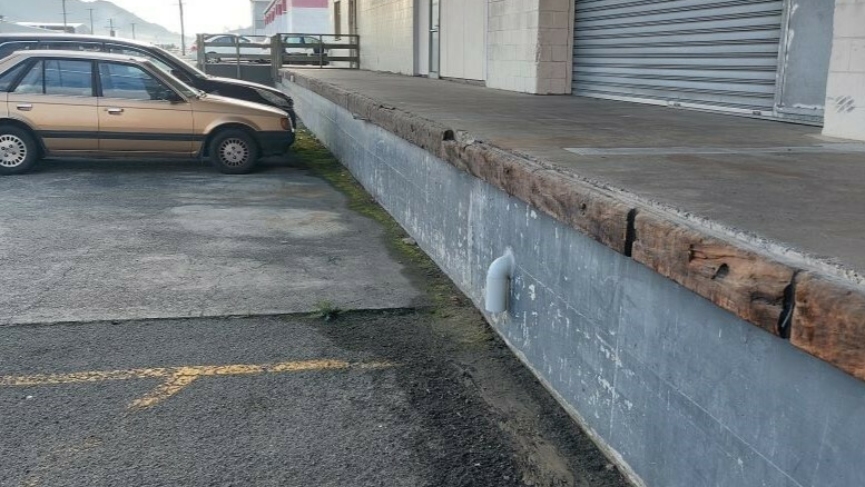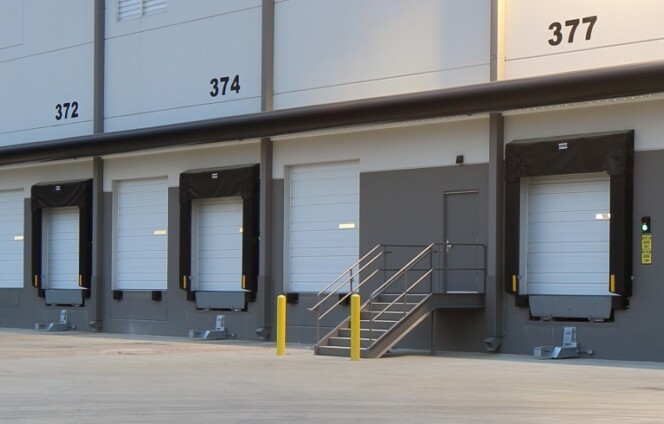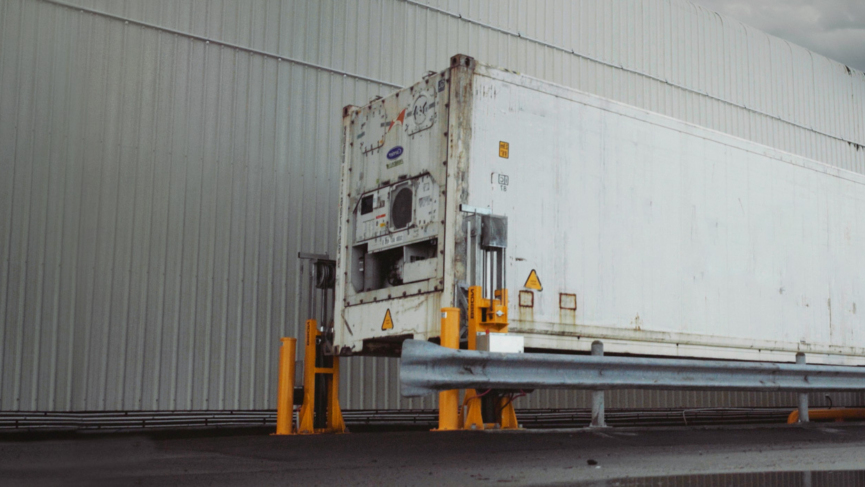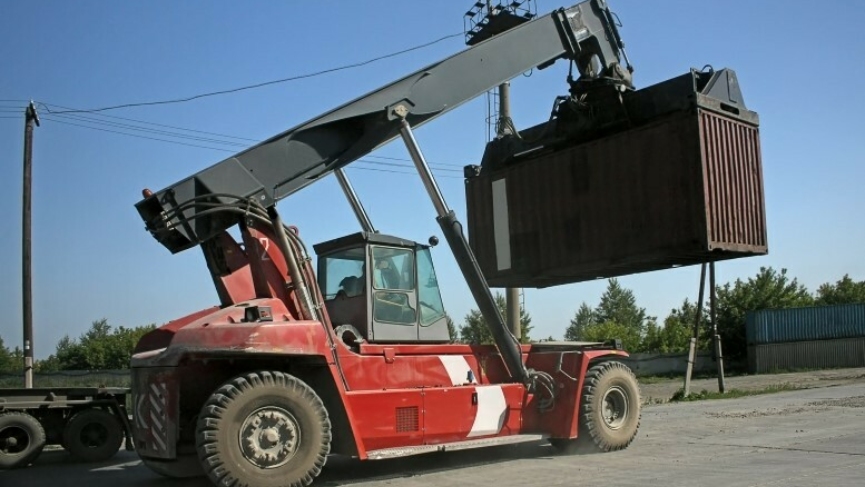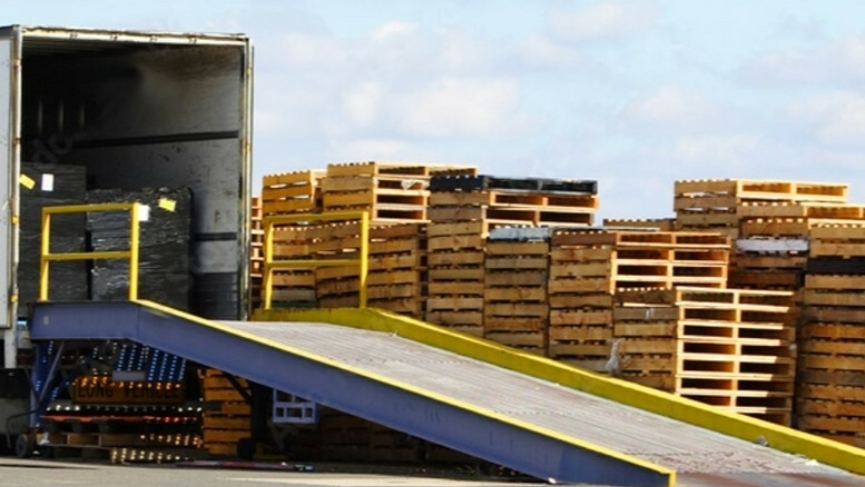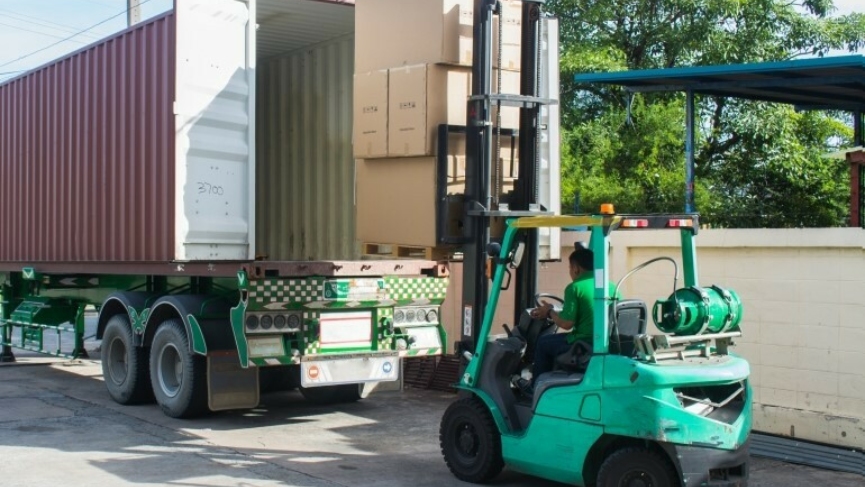Looking to streamline your shipping operations? You may be interested in building loading bays at your facility to handle shipping containers/or loading goods straight into trucks. There are many things to consider when investing in new commercial facilities or adding a loading dock, such as the type to install, what accessories to include, and if the cost is worth it for your business.
There are 4 main types of loading docks:
Flush Dock
Enclosed Dock
Sawtooth Dock
Open Dock
